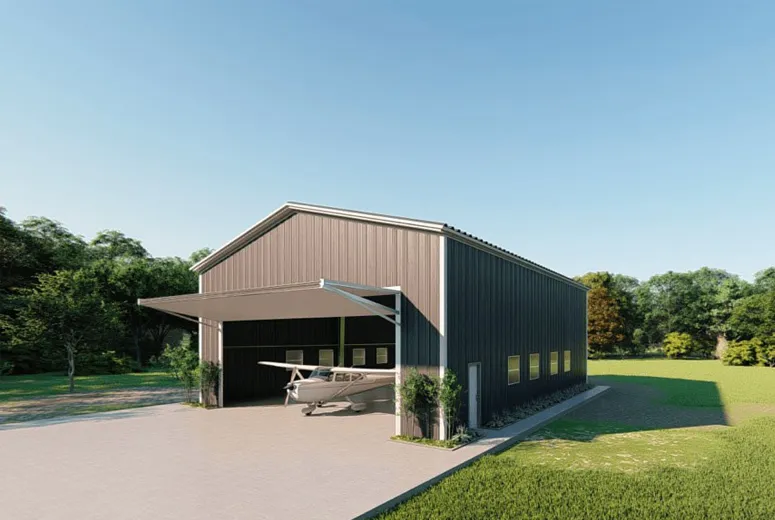- Afrikaans
- Albanian
- Amharic
- Arabic
- Armenian
- Azerbaijani
- Basque
- Belarusian
- Bengali
- Bosnian
- Bulgarian
- Catalan
- Cebuano
- Corsican
- Croatian
- Czech
- Danish
- Dutch
- English
- Esperanto
- Estonian
- Finnish
- French
- Frisian
- Galician
- Georgian
- German
- Greek
- Gujarati
- Haitian Creole
- hausa
- hawaiian
- Hebrew
- Hindi
- Miao
- Hungarian
- Icelandic
- igbo
- Indonesian
- irish
- Italian
- Japanese
- Javanese
- Kannada
- kazakh
- Khmer
- Rwandese
- Korean
- Kurdish
- Kyrgyz
- Lao
- Latin
- Latvian
- Lithuanian
- Luxembourgish
- Macedonian
- Malgashi
- Malay
- Malayalam
- Maltese
- Maori
- Marathi
- Mongolian
- Myanmar
- Nepali
- Norwegian
- Norwegian
- Occitan
- Pashto
- Persian
- Polish
- Portuguese
- Punjabi
- Romanian
- Russian
- Samoan
- Scottish Gaelic
- Serbian
- Sesotho
- Shona
- Sindhi
- Sinhala
- Slovak
- Slovenian
- Somali
- Spanish
- Sundanese
- Swahili
- Swedish
- Tagalog
- Tajik
- Tamil
- Tatar
- Telugu
- Thai
- Turkish
- Turkmen
- Ukrainian
- Urdu
- Uighur
- Uzbek
- Vietnamese
- Welsh
- Bantu
- Yiddish
- Yoruba
- Zulu
Nov . 17, 2024 04:28 Back to list
Structural Metal Roof Decking An Overview
Structural metal roof decking is an essential component in modern construction, especially for commercial and industrial buildings. It serves as a sturdy foundation for roofing systems and contributes to the overall structural integrity of the building. This article will explore the benefits, types, applications, and installation of metal roof decking.
Benefits of Metal Roof Decking
One of the primary advantages of structural metal roof decking is its strength-to-weight ratio. Made from materials like steel or aluminum, metal decking is lightweight yet incredibly strong, allowing it to support heavy loads. This characteristic can lead to cost savings in both material and labor since lighter materials can reduce the need for extensive structural support.
Additionally, metal roof decking exhibits excellent fire-resistance properties. Unlike traditional wood decking, metal does not combust, which can significantly enhance the safety of a building. Many metal deck products are also designed to be corrosion-resistant, which prolongs their lifespan and reduces maintenance costs.
Another important benefit is versatility. Metal roof decking can be used in various applications, including flat roofs, pitched roofs, and even in difficult weather conditions. Its ability to accommodate different insulation types and roofing materials allows for a diverse range of design possibilities, catering to various architectural styles.
Types of Metal Roof Decking
There are several types of structural metal roof decking available, each suited for different applications. The most common types include
1. Composite Decking This type combines metal decking with concrete to form a strong unit that can support heavy loads and create a flat surface for roofing materials. Composite decking is often used in commercial buildings where extensive spans and structural support are required.
2. Non-Composite Decking This type employs a simple metal deck without the added weight of concrete. It's typically used in applications where the loads are minimal, making it a cost-effective choice in certain situations.
structural metal roof decking

3. Form Decking This kind is designed specifically to support the weight of wet concrete and provide a form for the concrete floor during the curing process. Once the concrete hardens, it serves as a structural element of the ceiling below.
4. Roof Decking Primarily used for roofing systems, roof decking is designed to support roofing materials and insulation. It helps in managing water drainage and can accommodate different slopes and designs.
Applications of Structural Metal Roof Decking
Structural metal roof decking is widely used in various sectors. It is prevalent in commercial construction, particularly in warehouses, shopping centers, and office buildings, where large, open spaces are required. Furthermore, it finds application in industrial settings, such as manufacturing plants and distribution centers, where durability and load-bearing capacity are crucial.
In addition to commercial and industrial settings, metal roof decking is increasingly being adopted in educational and healthcare facilities. The long-lasting nature of metal decking makes it an attractive option for buildings that require minimal maintenance and maximum safety.
Installation of Metal Roof Decking
The installation of structural metal roof decking is a specialized process that requires skilled labor and adherence to safety regulations. Proper installation is crucial for ensuring the longevity and effectiveness of the decking system. Before installation, a thorough analysis of the building's structural requirements and load expectations is necessary.
During the installation, the metal decking panels are laid out, fastened to the supporting structure, and secured at the joints. Care must be taken to ensure that water drainage systems are effectively integrated into the deck to prevent leaks. Once installed, the decking can be covered with various roofing materials, such as membranes, shingles, or metal panels.
Conclusion
In summary, structural metal roof decking is a vital element in contemporary construction, offering numerous benefits, including strength, fire resistance, and versatility. With various types available for specific applications, it has become a preferred choice for builders and architects alike. As the demand for durable and cost-effective building materials continues to rise, structural metal roof decking is poised to play an increasingly significant role in the future of construction.
-
How Do Prefabricated Steel Structures Transform Modern Construction?
NewsJul.14,2025
-
How Do Prefabricated Metal Buildings Redefine Modern Construction?
NewsJul.14,2025
-
How Do Prefab Insulated Metal Buildings and Steel Structures Revolutionize Modern Construction?
NewsJul.14,2025
-
How Do Pre - Engineered Steel Structures Redefine Modern Construction?
NewsJul.14,2025
-
Advancing Modular Construction with Prefabricated Metal Structures
NewsJul.14,2025
-
Advancing Industrial Infrastructure with Prefabricated Steel Solutions
NewsJul.14,2025
Products categories
Our Latest News
We have a professional design team and an excellent production and construction team.












